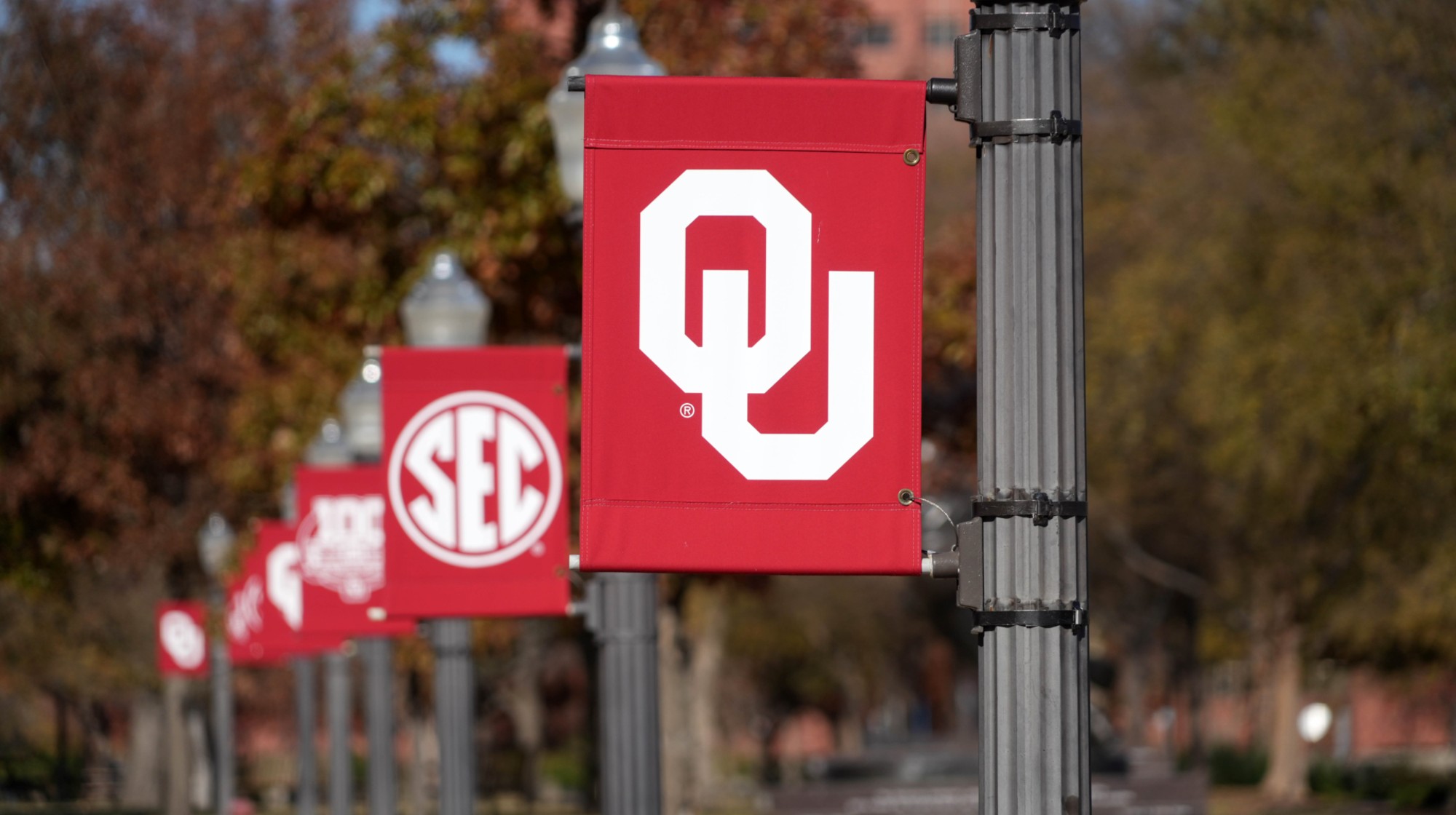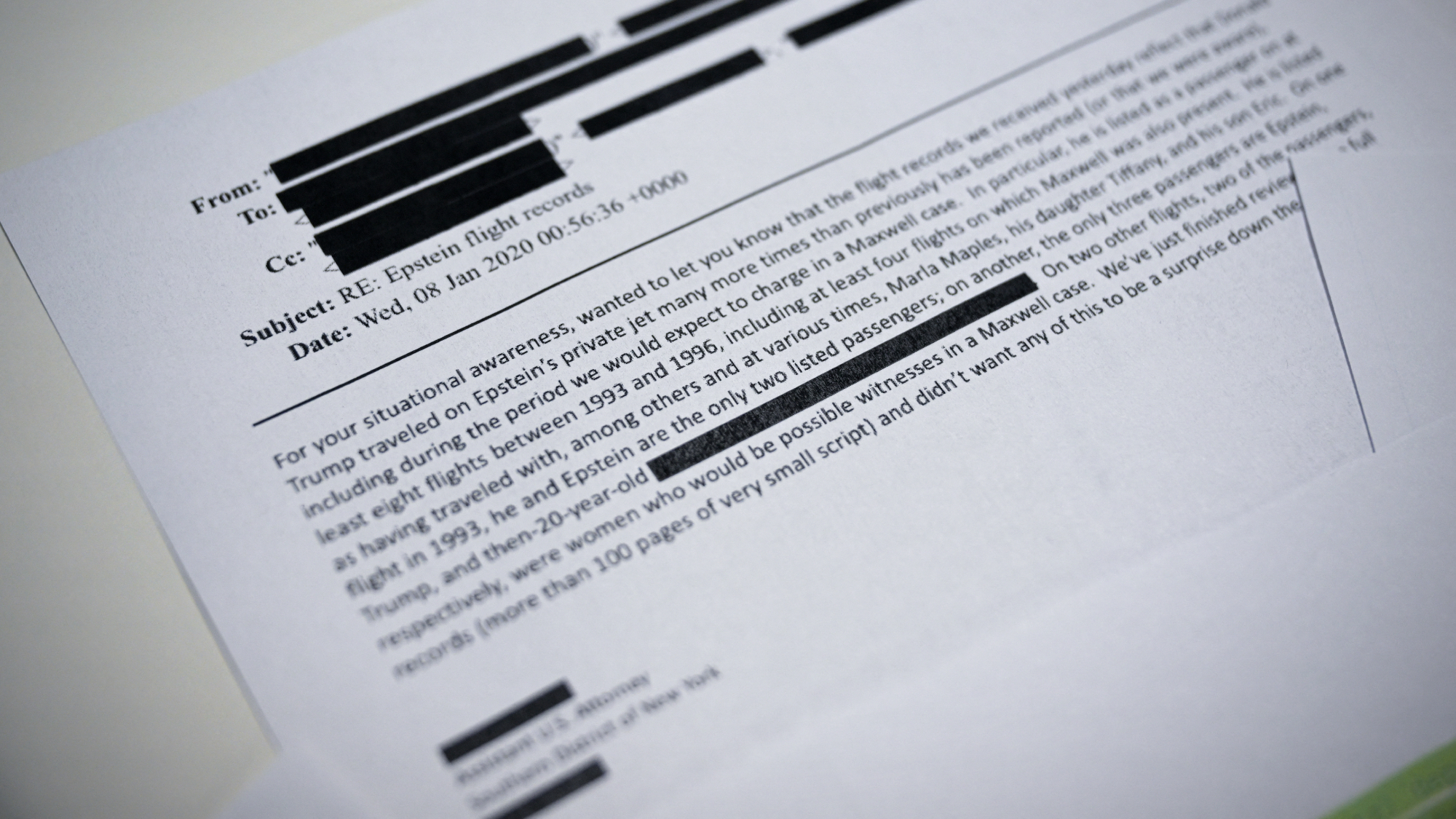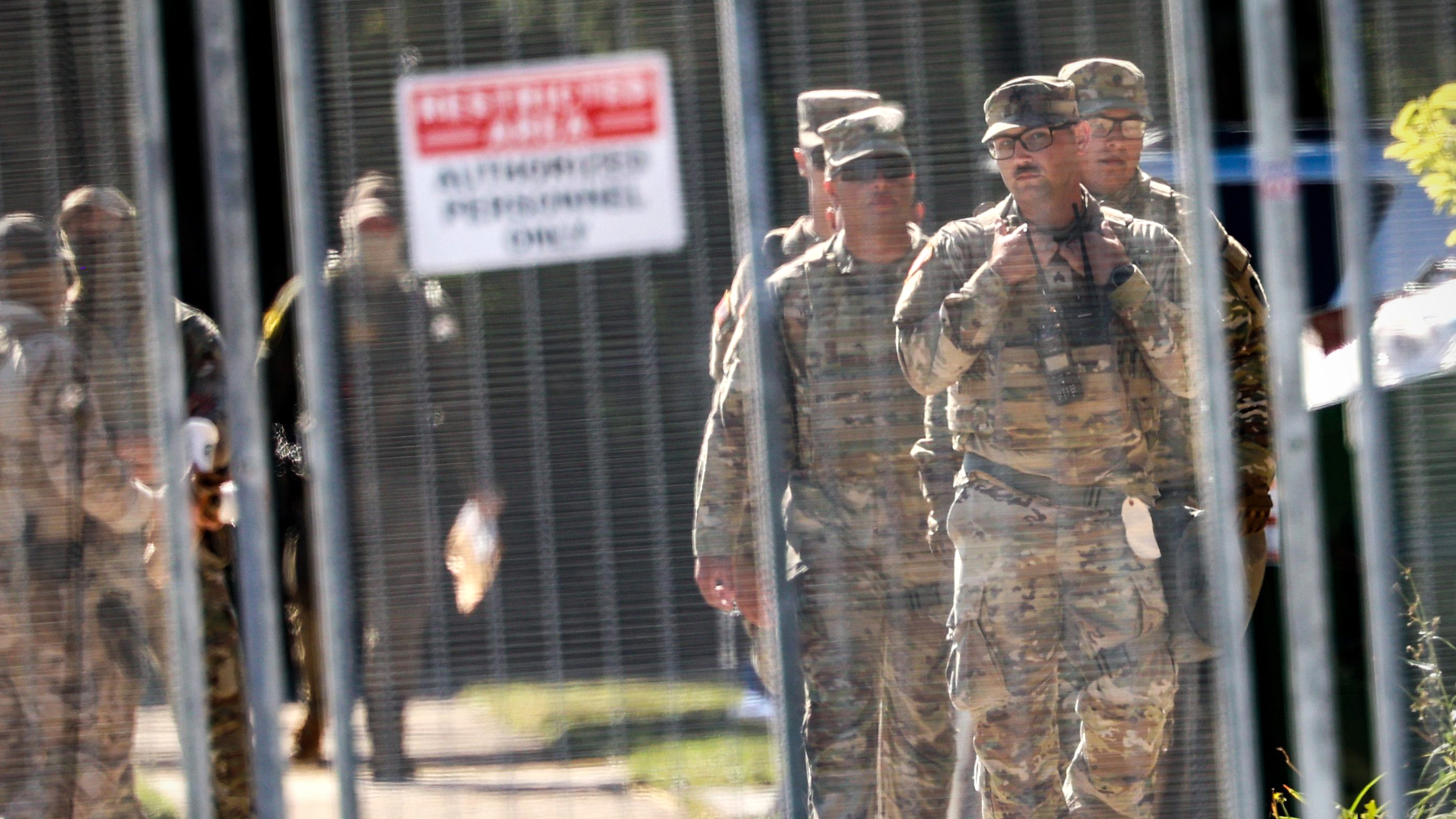Trump apparently broke off the Kim Jong Un summit because he feared Kim would cancel on him first

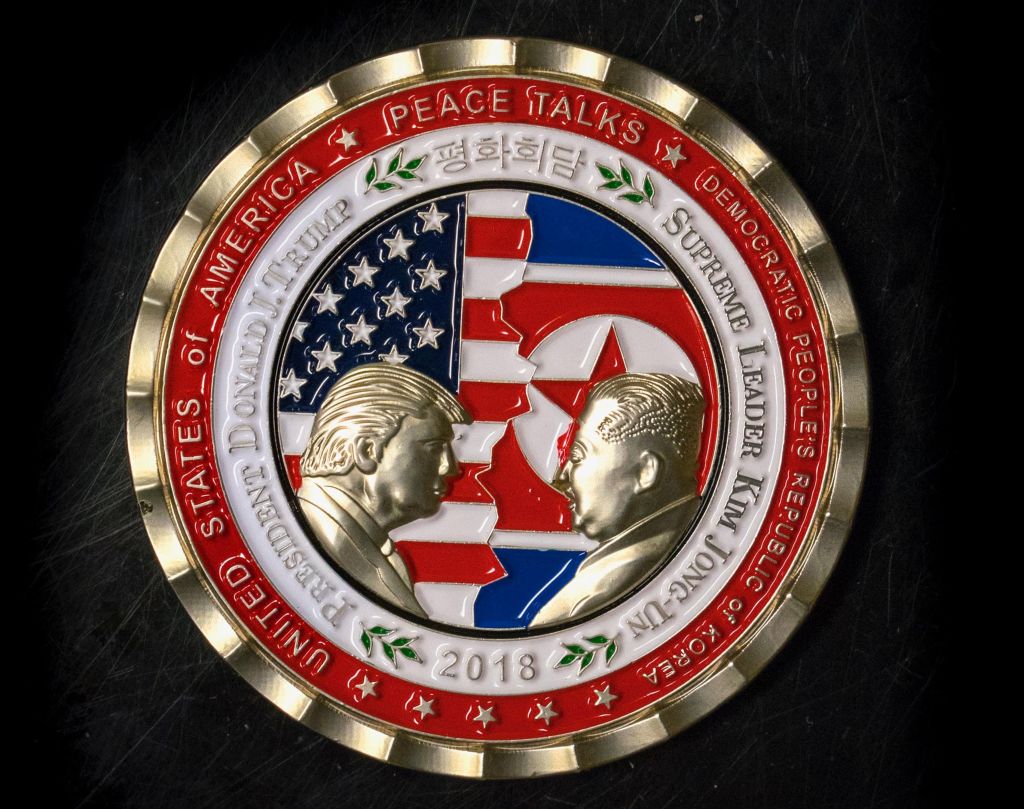
President Trump decided to pull out of his June 12 summit with North Korea's Kim Jong Un while talking with advisers Thursday morning from 7-9 a.m., then dictated his Dear Kim letter — to hawkish National Security Adviser John Bolton, according to Sen. Cory Gardner (R-Colo.) — and released it to the public at 9:43 a.m. without warning allies, members of Congress, or North Korea, all of whom seemed blindsided and upset by the sudden cancelation. Trump and his advisers had only started discussing canceling the meeting less than 12 hours earlier, NBC News reports.
What made up his mind? "The president, fearing that the North Koreans might beat him to the punch, wanted to be the one to cancel first," NBC News says, citing "multiple officials." At 10 p.m. Wednesday, Bolton told Trump about North Korea's public pushback against "political dummy" Vice President Mike Pence and threat to cancel, The Washington Post reports. "Bolton advised that the threatening language was a very bad sign, and the president told advisers he was concerned Kim was maneuvering to back out of the summit and make Americans look like desperate suitors, according to a person familiar with the conversations. So Trump called it off first."
Secretary of State Mike Pompeo. who met with Kim twice in Pyongyang and was working to set up the meeting, publicly blamed North Korea, telling the Senate Thursday that his negotiators "received no response to our inquiries from them. ... We got a lot of dial tones." Privately, Pompeo "blamed Bolton for torpedoing the progress that had already been made," NBC News reports, citing several administration officials. "One person familiar with the summit preparations said it was Bolton who drove the decision to cancel and that he had convinced Trump to make the move." Bolton's threat of "the Libya model," and Pence's parroting that line on Monday, angered the North Koreans.
The Week
Escape your echo chamber. Get the facts behind the news, plus analysis from multiple perspectives.

Sign up for The Week's Free Newsletters
From our morning news briefing to a weekly Good News Newsletter, get the best of The Week delivered directly to your inbox.
From our morning news briefing to a weekly Good News Newsletter, get the best of The Week delivered directly to your inbox.
A free daily email with the biggest news stories of the day – and the best features from TheWeek.com
Peter has worked as a news and culture writer and editor at The Week since the site's launch in 2008. He covers politics, world affairs, religion and cultural currents. His journalism career began as a copy editor at a financial newswire and has included editorial positions at The New York Times Magazine, Facts on File, and Oregon State University.
-
 Bari Weiss’ ‘60 Minutes’ scandal is about more than one report
Bari Weiss’ ‘60 Minutes’ scandal is about more than one reportIN THE SPOTLIGHT By blocking an approved segment on a controversial prison holding US deportees in El Salvador, the editor-in-chief of CBS News has become the main story
-
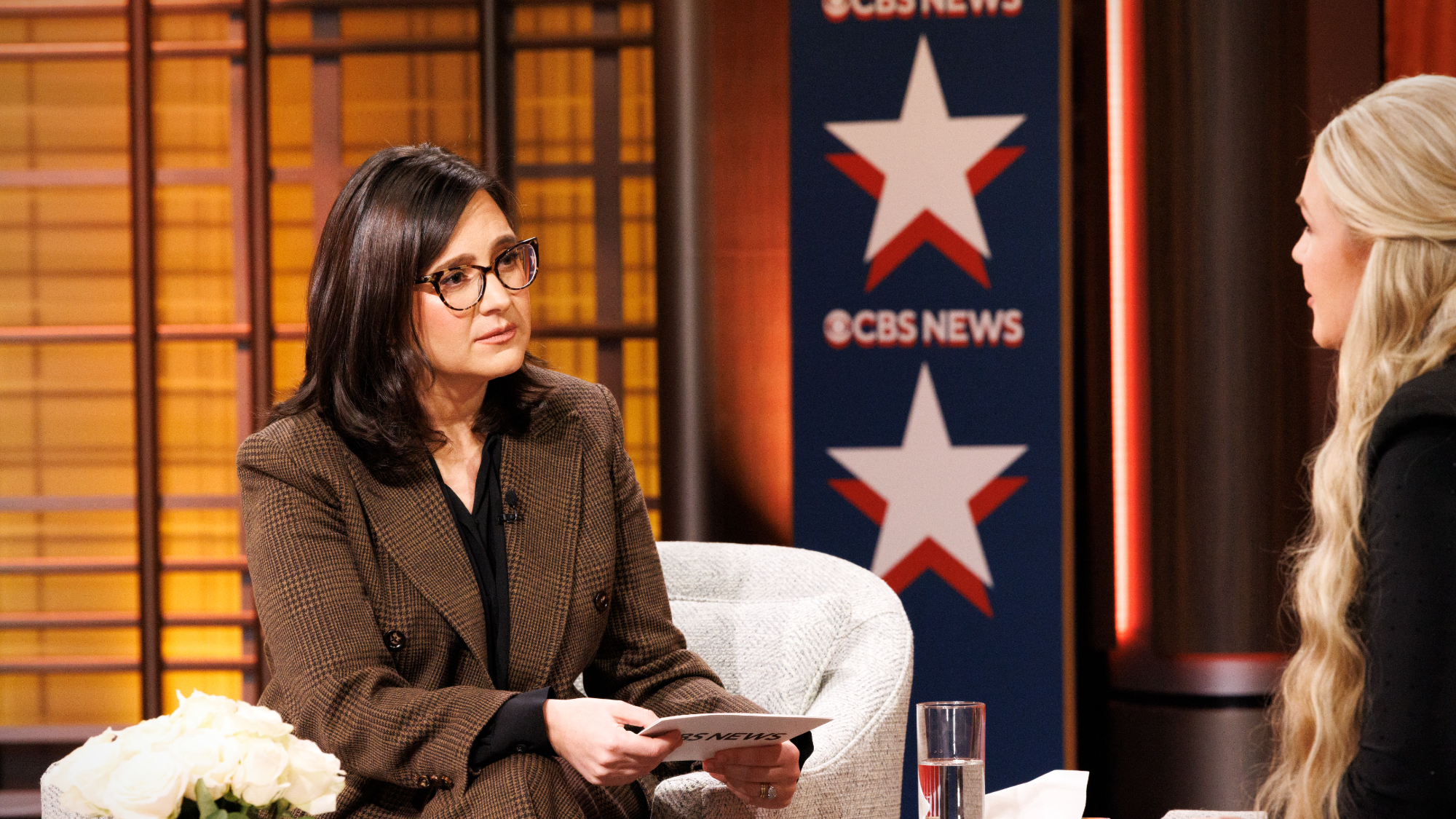 CBS pulls ‘60 Minutes’ report on Trump deportees
CBS pulls ‘60 Minutes’ report on Trump deporteesSpeed Read An investigation into the deportations of Venezuelan migrants to El Salvador’s notorious prison was scrapped
-
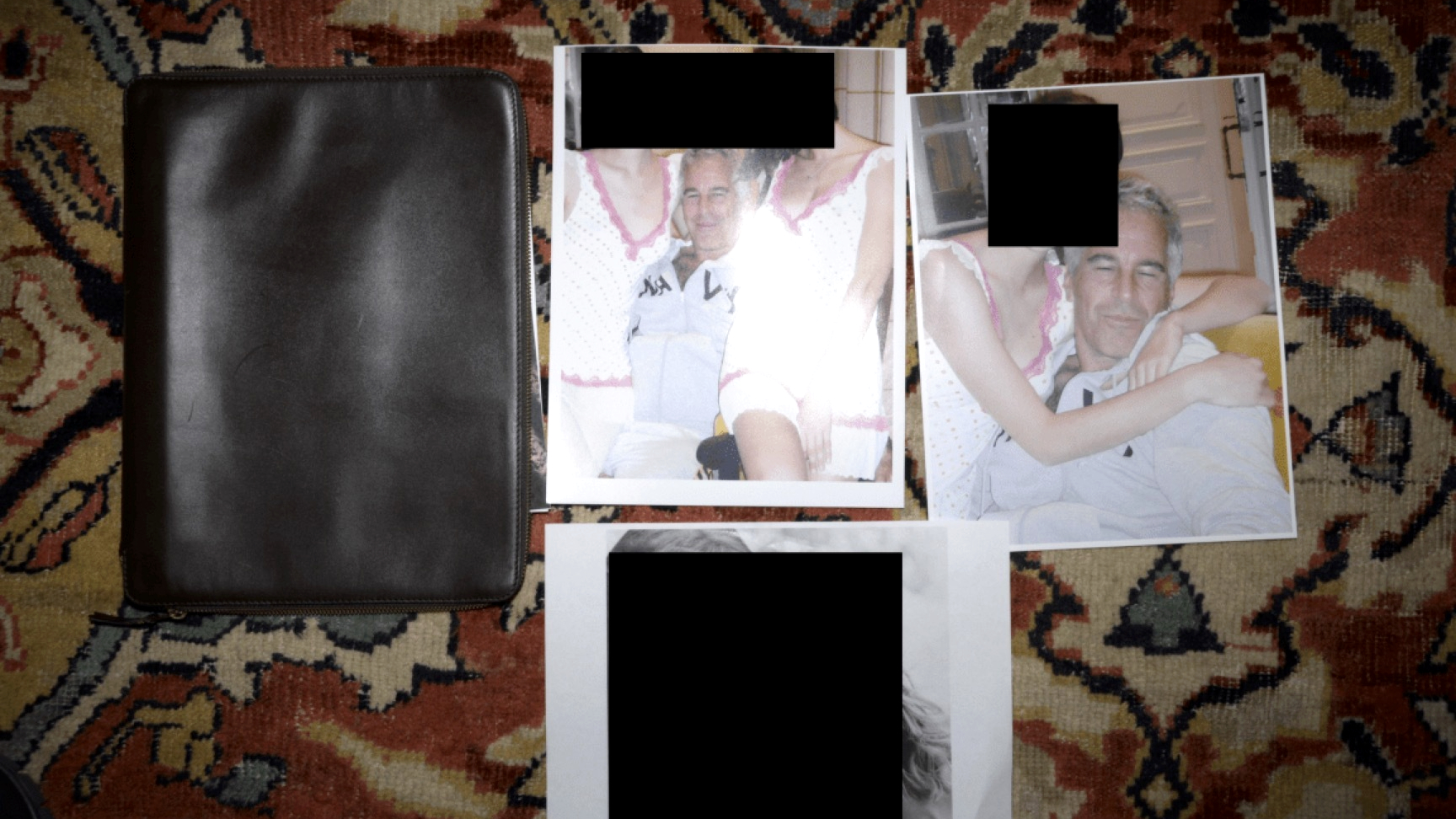 Trump administration posts sliver of Epstein files
Trump administration posts sliver of Epstein filesSpeed Read Many of the Justice Department documents were heavily redacted, though new photos of both Donald Trump and Bill Clinton emerged
-
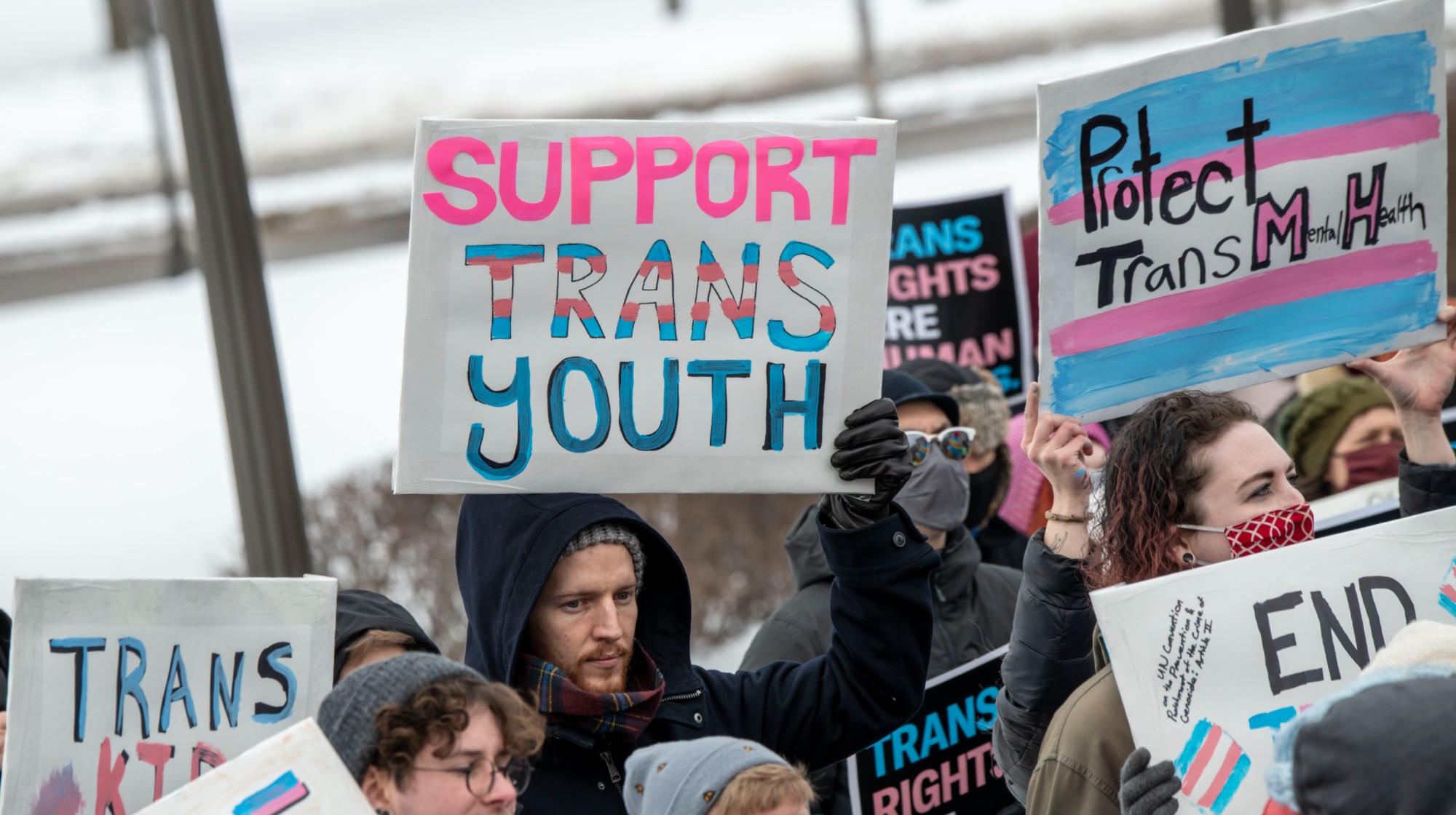 Trump HHS moves to end care for trans youth
Trump HHS moves to end care for trans youthSpeed Read The administration is making sweeping proposals that would eliminate gender-affirming care for Americans under age 18
-
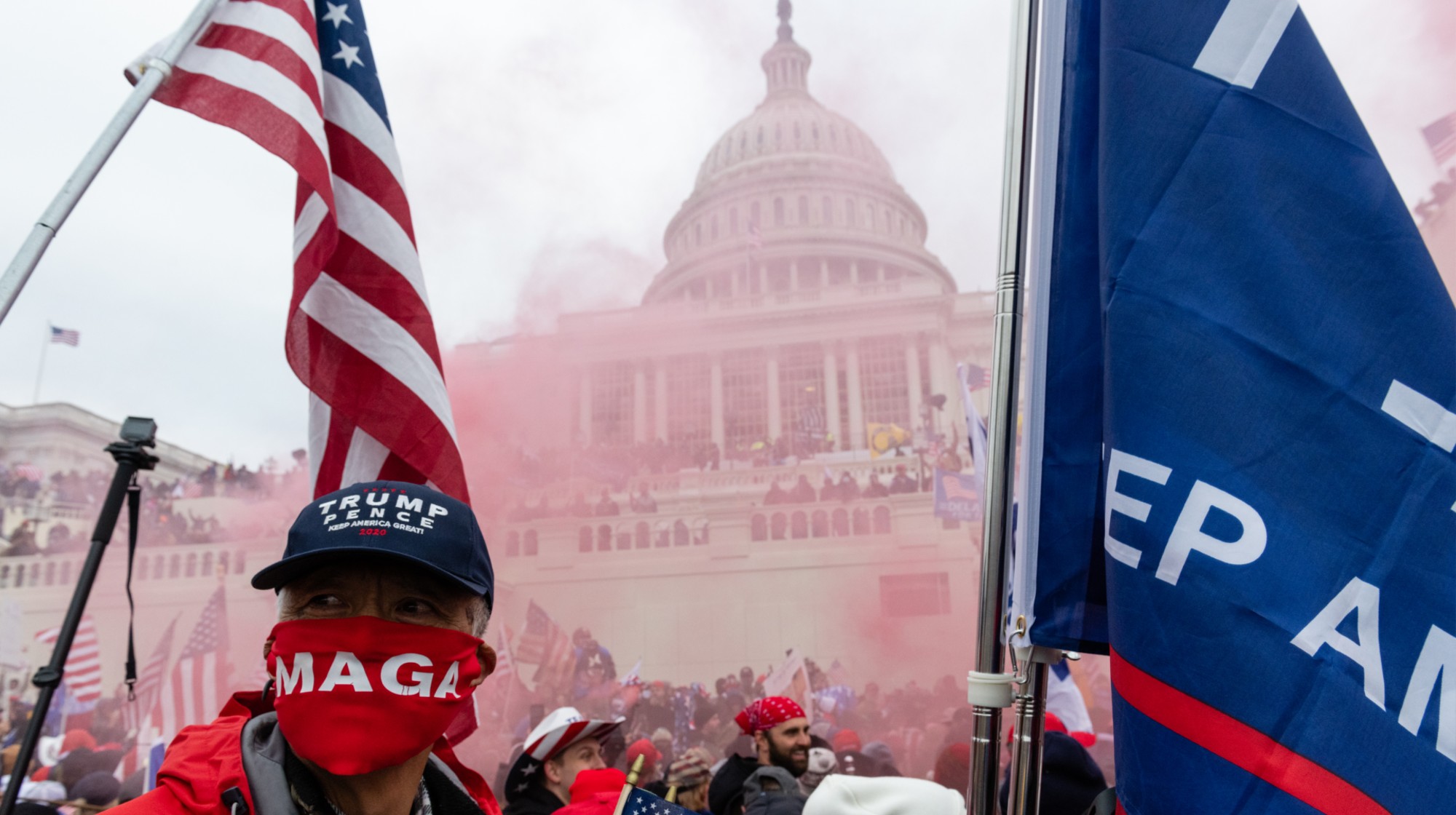 Jack Smith tells House of ‘proof’ of Trump’s crimes
Jack Smith tells House of ‘proof’ of Trump’s crimesSpeed Read President Donald Trump ‘engaged in a criminal scheme to overturn the results of the 2020 presidential election,’ hoarded classified documents and ‘repeatedly tried to obstruct justice’
-
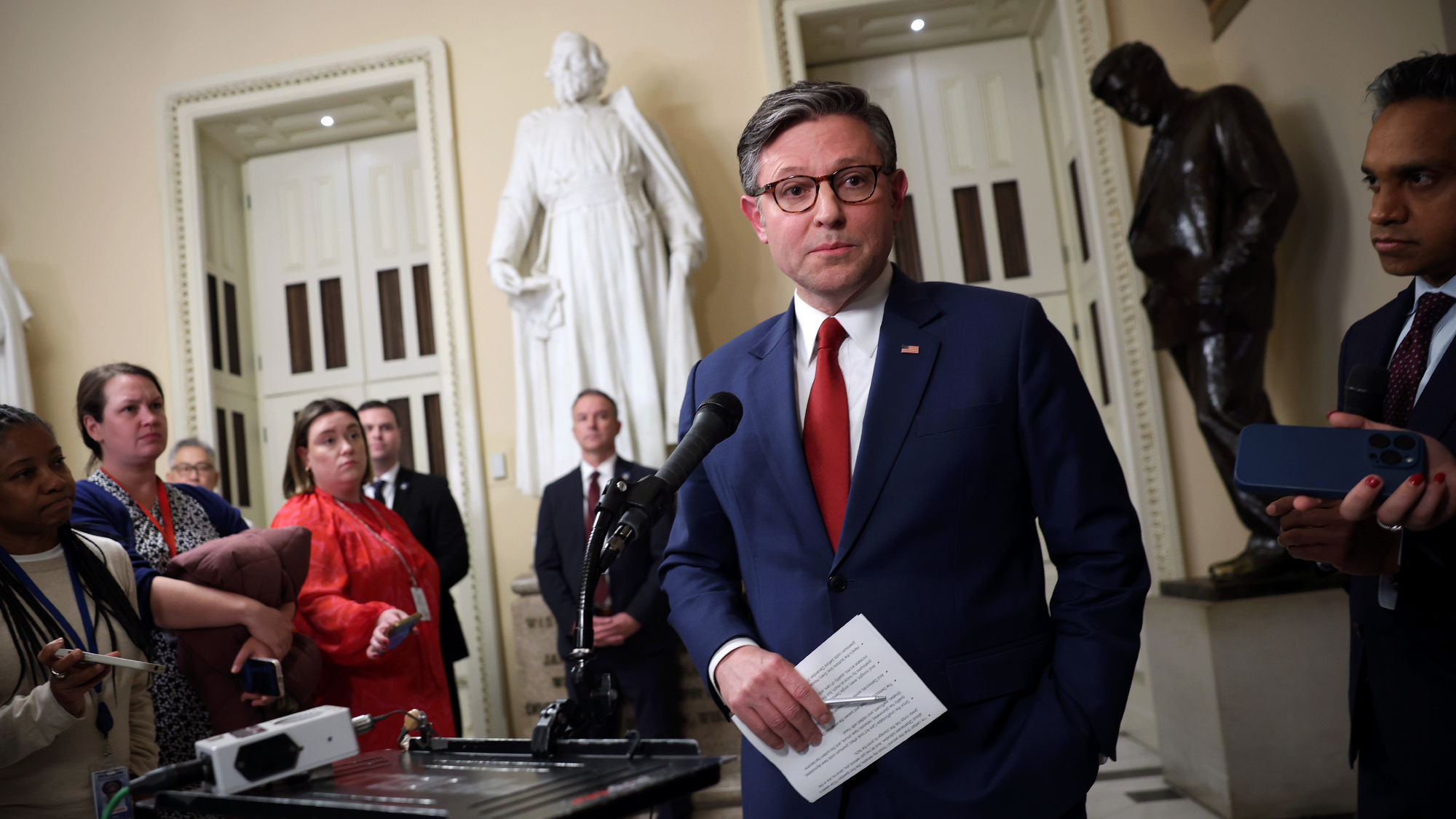 House GOP revolt forces vote on ACA subsidies
House GOP revolt forces vote on ACA subsidiesSpeed Read The new health care bill would lower some costs but not extend expiring Affordable Care Act subsidies
-
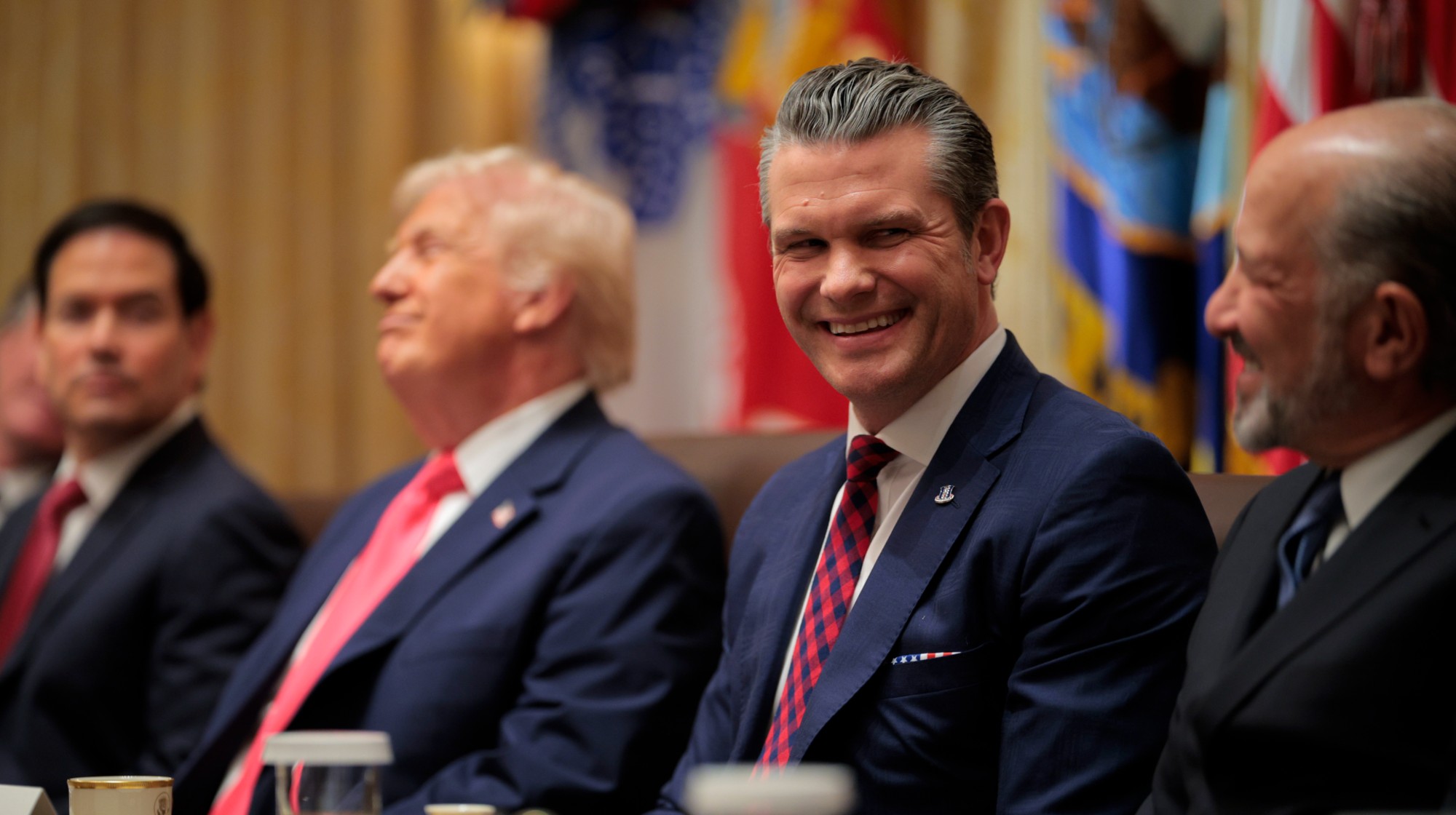 Hegseth rejects release of full boat strike footage
Hegseth rejects release of full boat strike footageSpeed Read There are calls to release video of the military killing two survivors of a Sept. 2 missile strike on an alleged drug trafficking boat
-
 Trump vows naval blockade of most Venezuelan oil
Trump vows naval blockade of most Venezuelan oilSpeed Read The announcement further escalates pressure on President Nicolás Maduro

